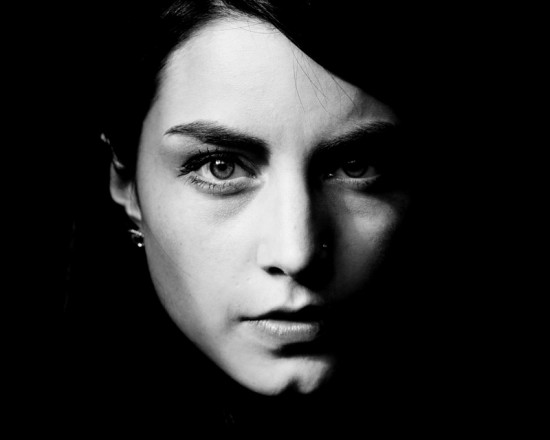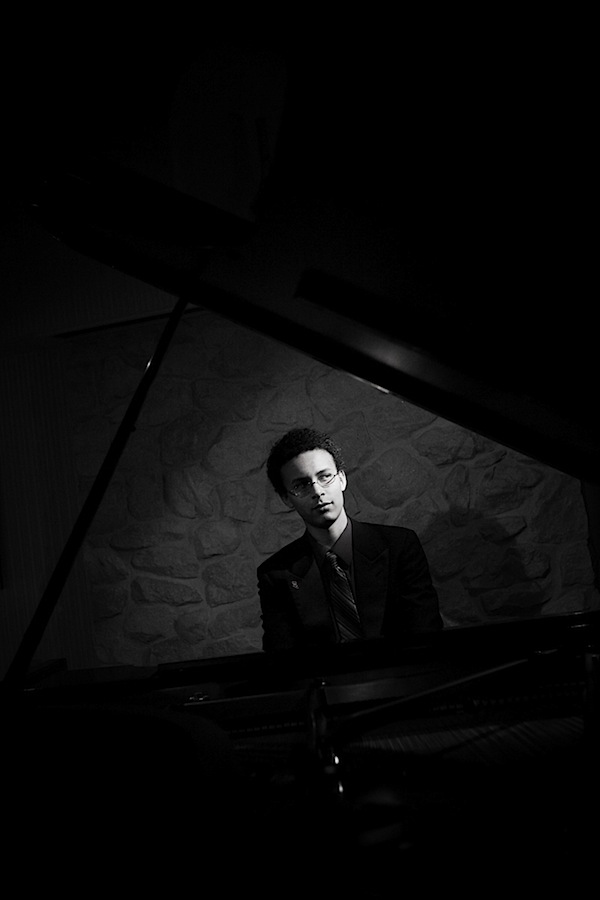 |
| Willow Tree at Home |
Explore your home and neighbourhood with your phone camera. You will be given a "prompt"; for each topic, you are to capture 3-5 images, post your images to your blog and write a brief explanation of your image and post your best to the your blog.
- Capture something about your community - email the images to yourself, post to your blog, write a short description of your community and why you decided to capture it in this way, then upload best to the class share site.
- Then with a real camera explore lines around your school community. Consider simple lines, organic and geometric lines, wiggly and straight lines, lines that make a pattern. Also, see if the lines can lead to some thing important in the frame.
- Framing with shapes
- Colours, tones, and contrasts
- Rule of thirds .
Try to think about the light when you photograph each image. Where is the light coming from? How is the quality of light in your image? Make sure that there is enough light. Natural light from outside or a window is WAY better than from an incandescent bulb.
You will be marked out of 4 for each required image saved to your blog. You will be marked on the completion of each image, but consider the topic/subject, and lighting exposure (so we can see the subject) for each image.
You will be assessed on each series of images and description saved to the blog.


